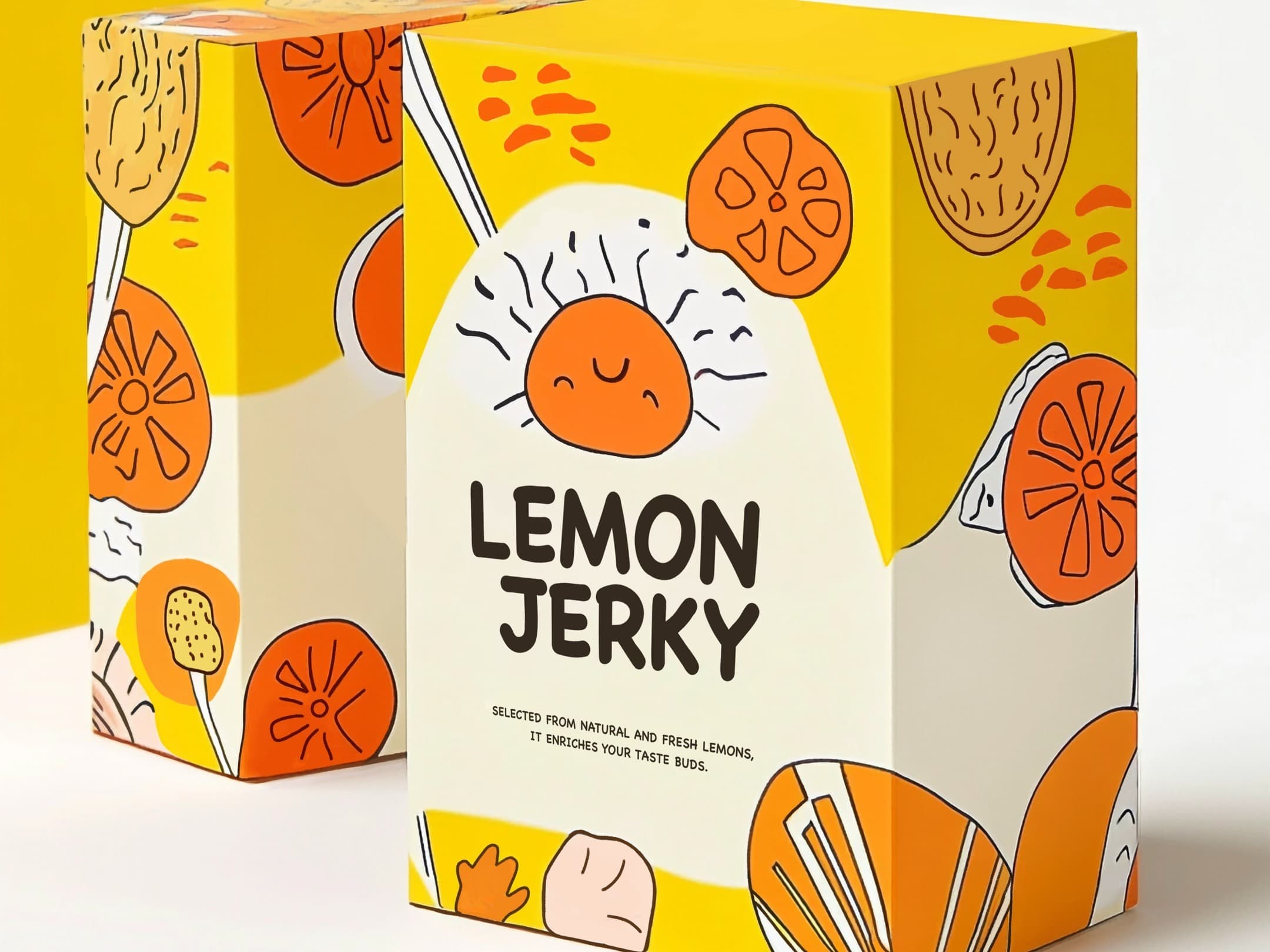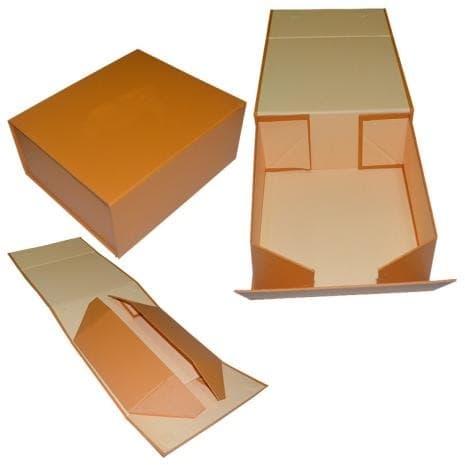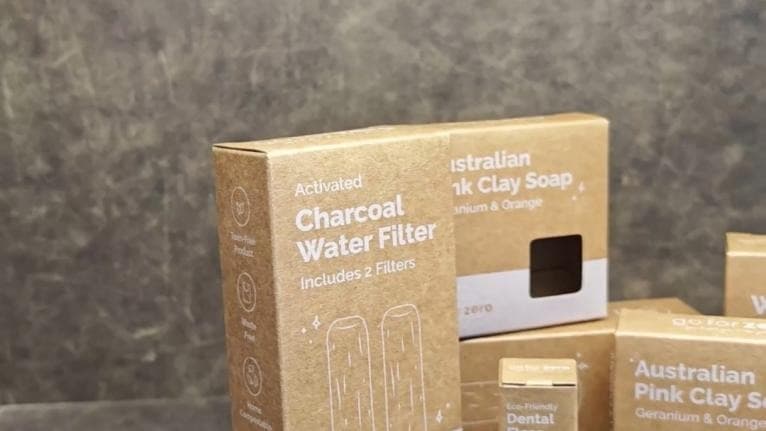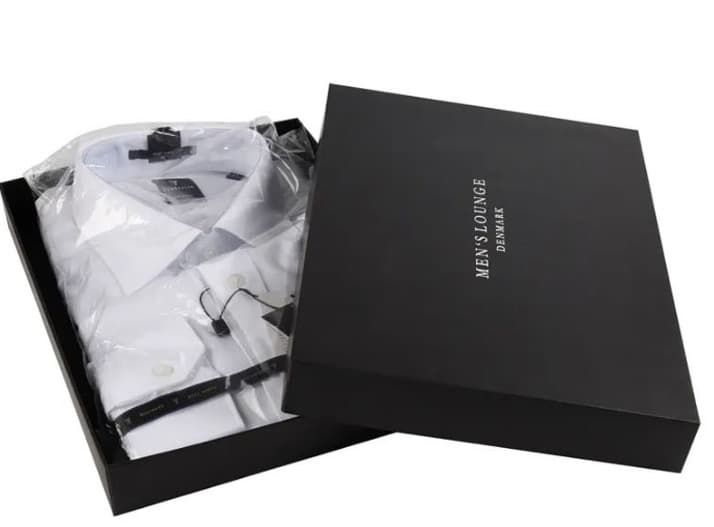From cutting down on material waste to boosting sustainability efforts, artificial intelligence is ushering in a new age of intelligent, data-informed packaging solutions.
1.What Is AI’s Role in Today’s Custom Packaging?
Today, AI’s role in custom packaging is far from theoretical—it is a practical, problem-solving tool that bridges gaps between efficiency, personalization, and sustainability. Unlike early iterations where AI was used primarily for basic data analysis, modern AI systems in packaging act as “decision-making collaborators,” integrating real-time data from supply chains, consumer behavior, and production lines to optimize outcomes.
For instance, AI now plays a critical role in demand forecasting for custom packaging: by analyzing historical sales data, seasonal trends, and even social media sentiment, AI can predict how much of a specific packaging design (e.g., holiday-themed boxes for a cosmetics brand) will be needed, reducing overproduction and waste. It also serves as a quality control partner: computer vision AI systems installed on production lines can detect defects in custom packaging—such as misprints, uneven gluing, or material flaws—faster and more accurately than human inspectors, ensuring consistency for brands that rely on premium packaging to stand out.

Moreover, AI acts as a translator between consumer needs and packaging solutions. By processing data on consumer preferences (e.g., a preference for minimalist designs or eco-friendly materials), AI can generate initial packaging concepts that align with target audiences, saving designers hours of trial-and-error. In short, AI’s role today is to make custom packaging more responsive, reliable, and resource-efficient—not just to automate tasks, but to elevate the entire value of packaging as a brand asset.
2.How Does AI Boost Packaging Design Processes?
The packaging design process has long been labor-intensive, involving multiple rounds of sketching, prototyping, and revision. AI streamlines this workflow by combining creativity with data-driven precision, enabling faster, more iterative, and consumer-aligned designs.
One of the most impactful ways AI enhances design is through generative design tools. Platforms like Adobe Firefly or specialized packaging AI tools (e.g., Packhelp’s AI Design Assistant) allow designers to input parameters—such as brand colors, product dimensions, and target audience (e.g., “millennial parents seeking child-safe snack packaging”)—and generate dozens of unique design concepts in minutes. This not only speeds up the initial ideation phase but also introduces fresh, data-backed ideas: AI can analyze successful packaging designs in the same industry to identify patterns (e.g., bold typography for energy drinks) without copying, helping brands balance familiarity and innovation.

AI also eliminates bottlenecks in prototyping. Traditionally, testing a custom packaging design (e.g., a foldable box for a tech gadget) required physical prototypes, which are time-consuming and costly. AI-powered 3D simulation tools now let designers test how a packaging design will perform in real-world scenarios—such as how it withstands shipping, whether it is easy to open, or how it looks on store shelves—digitally. For example, Nestlé used AI simulation to refine the design of its KitKat packaging, ensuring the wrapper was easy to tear while maintaining freshness, cutting prototyping time by 40%.

Additionally, AI enables real-time collaboration: cloud-based AI tools can sync design changes across teams (e.g., a designer in New York and a brand manager in London) and flag potential issues—such as a color that does not meet brand guidelines or a design that is too complex to print—before the design moves to production. This reduces revision cycles and ensures that the final design is both creative and practical.
3.Can AI Improve Packaging Material Selection?
Yes, AI is revolutionizing material selection for custom packaging by addressing two critical challenges: finding materials that align with sustainability goals and ensuring those materials meet functional requirements (e.g., durability, cost). In an industry where material choices directly impact a brand’s carbon footprint and bottom line, AI’s ability to analyze vast datasets of material properties and lifecycle impacts is game-changing.
AI systems excel at matching packaging needs to the right materials through data-driven recommendations. For example, a food brand needing custom packaging for perishable goods (e.g., fresh berries) can input requirements—“must keep products fresh for 7 days, be recyclable, and cost under $0.10 per unit”—into an AI tool. The AI will then analyze a database of materials (e.g., compostable PLA, recycled PET, or wax-coated paper) to compare their performance: it might flag that compostable PLA meets the freshness and recyclability goals but is 5% over budget, while recycled PET is cheaper and durable but requires a small moisture barrier. This level of analysis would take a human team days to complete, but AI can deliver it in hours.

AI also helps brands navigate the complex landscape of sustainable materials by calculating lifecycle environmental impacts. Tools like the AI-powered Sustainable Packaging Coalition (SPC) Database can estimate a material’s carbon footprint, water usage, and recyclability rate, helping brands avoid “greenwashing” and make authentically sustainable choices. For instance, Unilever used AI to switch from traditional plastic packaging for its Dove soap bars to a plant-based bioplastic: the AI analyzed the bioplastic’s entire lifecycle, confirming it reduced carbon emissions by 30% compared to plastic while maintaining product protection.
Furthermore, AI adapts to material availability and cost fluctuations. When supply chain disruptions (e.g., a shortage of virgin plastic) drive up material prices, AI can quickly identify alternative materials that meet the same functional needs—ensuring that custom packaging production does not grind to a halt and that costs remain predictable.
- How Does AI Enable Hyper-Personalized Packaging?
Hyper-personalization—creating packaging that feels tailored to individual consumers or niche audiences—was once a luxury reserved for high-end brands. AI has democratized this capability by making it possible to scale personalized packaging without sacrificing efficiency or cost-effectiveness.
At the core of AI-driven hyper-personalization is data integration. AI systems can aggregate data from multiple sources—such as a customer’s purchase history (e.g., “buys organic baby food”), social media preferences (e.g., “likes pastel colors”), and even feedback (e.g., “prefers easy-to-open packaging”)—to create detailed consumer profiles. Brands can then use these profiles to customize packaging at scale. For example, Coca-Cola’s “Share a Coke” campaign, which personalized bottles with individual names, was enhanced by AI: AI analyzed popular names in different regions to ensure the most common names were included, and it optimized the printing process to switch between names quickly on the production line, avoiding delays.
AI also enables dynamic personalization, where packaging content changes based on real-time factors. For instance, a wine brand could use AI to create labels that display personalized recommendations (e.g., “Pair this with your favorite steak recipe”) based on a customer’s previous purchases, or even adjust the label’s design (e.g., a winter-themed design for orders placed in December) using AI-powered digital printing. This level of personalization goes beyond aesthetics—it creates an emotional connection between the consumer and the brand, as seen in Sephora’s AI-powered custom beauty boxes: the packaging includes a QR code that, when scanned, shows a personalized video tutorial on how to use the products inside, increasing customer engagement.
Additionally, AI ensures that hyper-personalization is not just creative but also practical. It can optimize the production of personalized packaging by grouping similar designs (e.g., all “pastel-colored baby food boxes”) to reduce setup time on printing machines, and it can predict demand for specific personalized designs to avoid overstocking. This means brands can offer hyper-personalized packaging without the high costs or inefficiencies that once came with small-batch customization.
5.What Sustainability Benefits Does AI Bring to Packaging?
Sustainability is no longer a buzzword in packaging—it is a business imperative—and AI is a powerful tool for brands aiming to cut environmental impact. AI drives sustainability in custom packaging by optimizing resource use, reducing waste, and boosting packaging recyclability.
One key sustainability benefit of AI is waste reduction via demand forecasting and optimization. As noted earlier, AI can predict custom packaging needs to cut overproduction (the top cause of packaging waste). For example, Walmart used AI to forecast holiday toy packaging demand, slashing overproduction by 25% and diverting 150 tons of unused packaging from landfills. AI also reduces production waste: computer vision detects defects early to ensure only quality packaging ships, while AI-powered cutting tools optimize material layout (e.g., minimizing unused paper) to cut waste by up to 15%.
AI also enhances custom packaging recyclability by guiding brands to circular materials and designs. It can analyze packaging to spot recyclability barriers—like mixed materials or non-recyclable adhesives—and suggest alternatives (e.g., single-material boxes with water-based glue). Tools like RecycleSmart even predict how designs perform in recycling facilities, ensuring efficient processing.

Additionally, AI helps brands track and reduce packaging-related carbon footprints across the lifecycle. By analyzing data on material sourcing, production energy use, and transportation, AI identifies major emission sources and suggests fixes. Patagonia, for instance, used AI to optimize clothing packaging shipping—rerouting to efficient carriers and consolidating orders—to cut related emissions by 20%.
6.How Can SMBs Leverage AI for Packaging?
For small and medium businesses (SMBs), the long-standing barrier to AI in packaging has been the perception that it is too expensive or complex. However, affordable, user-friendly AI tools now let SMBs harness AI for custom packaging without large budgets or dedicated tech teams.
SMBs should start with niche, high-impact AI tools for specific pain points: e-commerce SMBs struggling with slow packaging design, for example, can use low-cost generative tools like Canva Pro’s AI Design or MidJourney (no coding needed) to create designs quickly—one artisanal chocolate brand cut design time from 2 weeks to 2 days this way.
They can also use AI for material selection: free/low-cost tools like Packhelp or EcoEnclose let SMBs (e.g., handmade candle sellers) input requirements (e.g., “heat-resistant, eco-friendly, under $0.08/unit”) to get affordable, comparable material recommendations, avoiding overspending.
AI-powered inventory software (e.g., TradeGecko, Zoho Inventory) with packaging tracking is another option—it forecasts custom packaging demand to prevent overstocking/understocking; a small jewelry brand used Zoho Inventory’s AI to cut holiday gift box excess by 30% and save $5,000.
Finally, partnering with AI-enabled packaging vendors gives SMBs advanced capabilities without upfront costs: many manufacturers offer AI-driven services (design tweaks, material optimization) as standard—for example, a small bakery can work with a local vendor whose AI designs custom cake boxes, paying only for the final product.
AI’s impact on custom packaging is now a present reality—driving efficiency, personalization, and sustainability across the process, transforming packaging from a functional afterthought to a strategic brand asset—and brands embracing it stay competitive, with businesses of all sizes advised to start small, focus on pain points, and see AI as a tool to amplify rather than replace human creativity.
We have no minimum order quantity, and please feel free to contact us anytime if you have any needs.
Post time: Sep-19-2025



